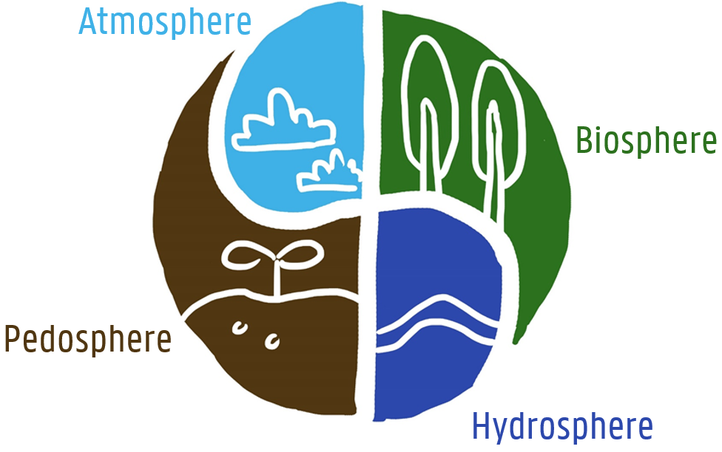Mapping, understanding, managing and valuing
Mapping
We comprehensively compile facts and figures that list, describe and quantify the status of natural resources such as soil, water and biodiversity at a given locality.
They allow us to extract trends and changes and thus may serve as screening and monitoring tools.
The deployed inventory techniques vary from diverse ‘in the field’ surveys, up to proximal and remote sensing of a very diverse spectrum of natural environments.
Understanding
By thorough analysis of data from experiments and field monitoring from all over the world, we try to understand the interactions between biotic and abiotic environments and hence attain better insights into the functioning of natural ecosystems (managed as well as non-managed ones).
Translations of those insights into mathematical models subsequently support the foresight of ecosystems, in the context of changing environmental conditions such as climate change or anthropogenic disturbance.
As scientists, we seek for a better insight into the functioning of natural and managed ecosystems.
Managing
Control and organization of our natural capital's different elements.
We study how we can coherently and interactively manage soil, biodiversity, water and atmosphere in forests, grasslands, croplands, wetlands or other ecosystems across the globe.
The focus lies on sustainable development: any considered management practices must ensure a lasting and optimal functioning of the considered ecosystem and the delivery of its services, today and in the future.
Valuing
There is a growing and worldwide agreement that nature should be considered in economic decision making.
Valuing nature’s assets, gives natural capital a rightful place amongst the other forms of capital (financial, manufactured, human and social).
This allows us to objectively account for the costs of environmental degradation. Challenges lie in increasing public awareness on those matters and in installing supporting public policies that actually account for ecosystem services.

